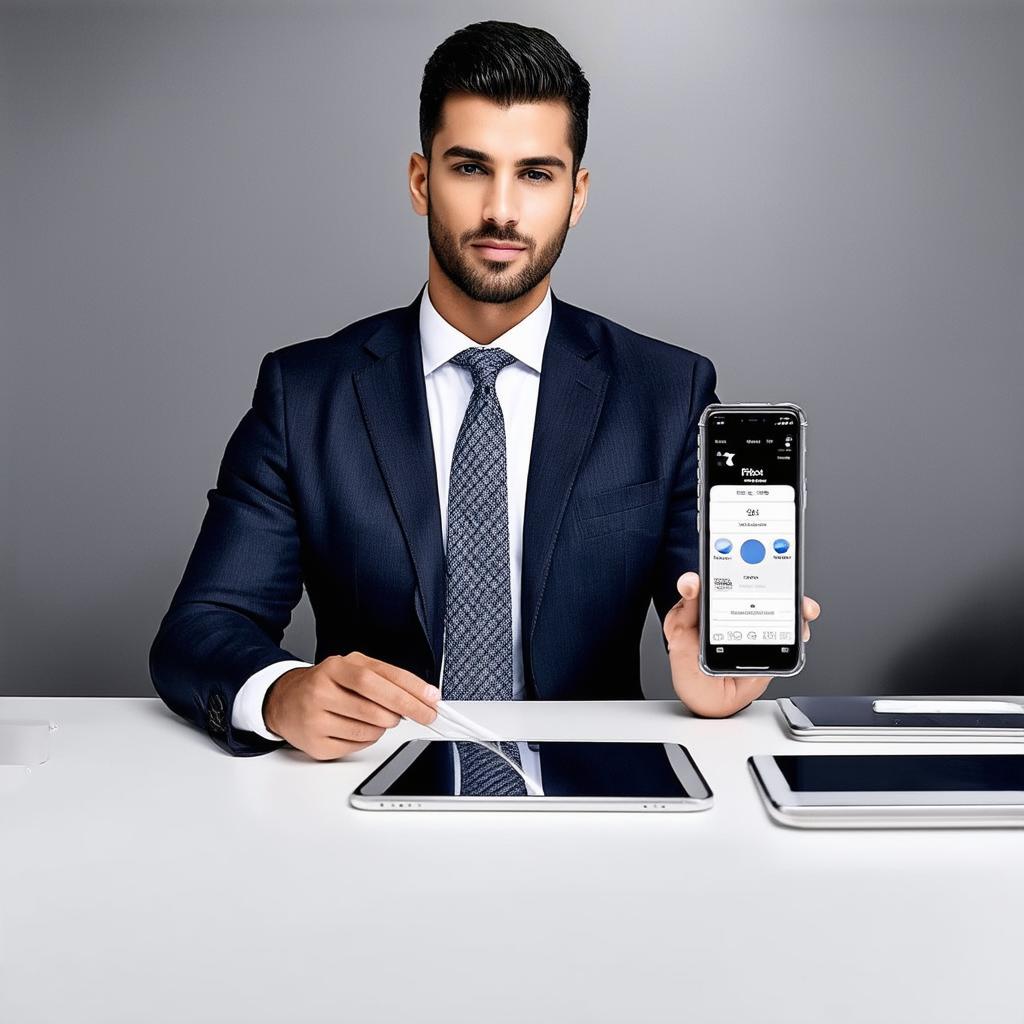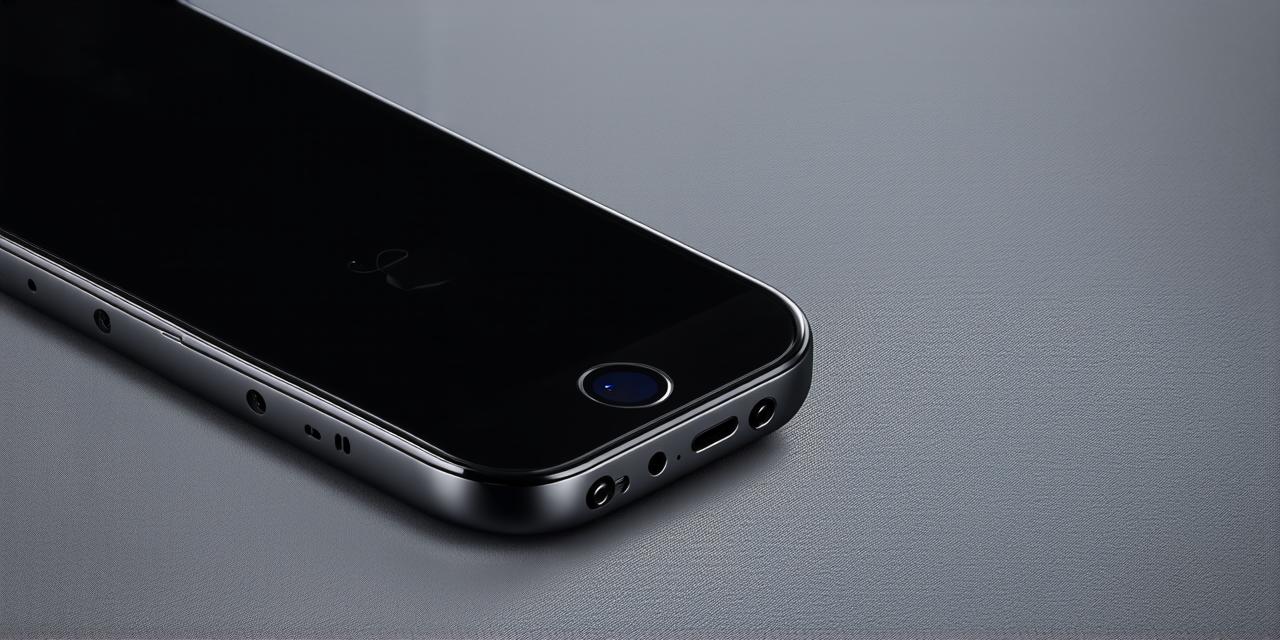As an iOS app developer, it is essential to ensure that your app performs optimally on all devices. This is especially crucial when you have users from different regions, with varying hardware specifications and network speeds. In this article, we will explore how you can test your iOS app on multiple devices for a better user experience.
Before we dive into the steps, it is essential to understand why testing your app on multiple devices matters.
When users download your app, they expect it to run smoothly, without any lag or crashes. If your app does not perform well on their device, they are likely to abandon it and look for an alternative app. Therefore, testing your app on different devices is critical for ensuring a positive user experience and retaining users.
Now, let’s explore the steps you can take to test your iOS app on multiple devices:
-
The first step in testing your iOS app on multiple devices is identifying which devices you need to test it on. This may include different generations of iPhones and iPads, as well as Android devices if your app has an Android version. It is also essential to consider the hardware specifications of each device, such as the processor speed, memory, and storage capacity.
-
To make the testing process more efficient, it is recommended that you use a testing framework. A testing framework provides a standardized set of tests and tools that you can use to test your app on multiple devices. Some popular testing frameworks for iOS app development include XCUITest, Instruments, and TestFlight.
-
The next step is to write test cases for your app. Test cases are a set of instructions that describe how your app should behave under specific conditions. These conditions may include different network speeds, device orientations, and user inputs. Writing test cases will help you identify any issues with your app’s performance on different devices.
-
In addition to using a testing framework, it is essential to conduct manual testing of your app on multiple devices. This involves downloading your app on each device and testing its features and functionality manually. This can help you identify any issues that may not be caught by automated tests.
-
Another effective way to test your iOS app on multiple devices is to use real users for testing. You can recruit beta testers from your target audience and ask them to download and test your app on their devices. This will provide valuable feedback on how well your app performs in the real world and help you identify any issues that need to be addressed.
-
Once you have completed testing, it is essential to analyze the results. This involves reviewing the test cases, identifying any issues or bugs, and prioritizing them based on their severity. You should also review user feedback from beta testers to identify areas for improvement.
-
Based on the test results, you can optimize your app to improve its performance on multiple devices. This may involve tweaking settings, adjusting code, or adding new features. The key is to ensure that your app provides a seamless user experience across all devices.

FAQs:
Q: What is the best way to test my iOS app on multiple devices?
A: The best way to test your iOS app on multiple devices is by using a testing framework, writing test cases, conducting manual testing, using real users for testing, and analyzing the results.
Q: How often should I conduct testing of my iOS app?
A: Testing should be conducted regularly throughout the development process and even after the app has been released to identify any issues that need to be addressed.
Q: Do I need to test my iOS app on Android devices if it also has an Android version?
A: Yes, it is essential to test your iOS app on Android devices if it also has an Android version to ensure a seamless user experience across all platforms.
